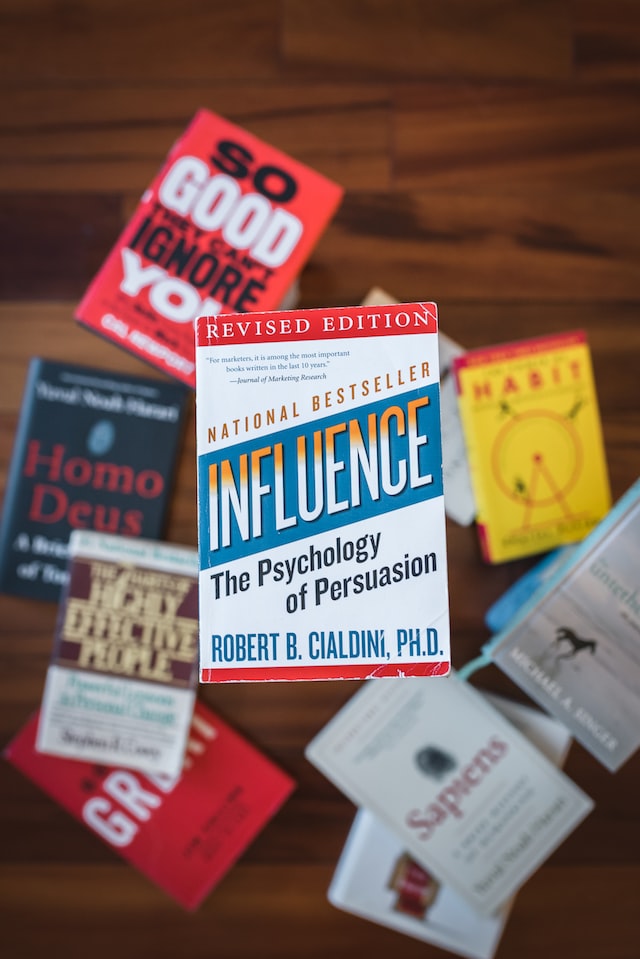Both involve trying to get someone to do something, but there is a key distinction. At its simplest, influence is the ability to change someone’s thoughts or actions. Manipulation is about using underhanded tactics to get someone to do what you want them to do.
What are Influence and manipulation?
Influence, on the other hand, is about positively using your power or authority to encourage others to take action. It’s about convincing people to change their behaviour because they see the value in what you’re suggesting. Influence is ethical and based on mutual respect.
Manipulation is a process of controlling or changing someone or something in a covert or unethical way. It is often done for personal gain or to benefit a particular group, and can involve distortion.
The difference between influence and manipulation
Manipulation is often about taking advantage of someone. It might involve playing on their emotions, making them feel guilty, or using threats or blackmail. Manipulation is usually done for personal gain, and it can be very harmful to the person being manipulated.
Influence, on the other hand, is about trying to positively impact someone’s decision-making. It might involve presenting information in a certain way, offering thoughtful suggestions, or sharing your own experience to help them make a decision. Unlike manipulation, influence isn’t about taking advantage of someone – it’s about trying to genuinely help them.
Examples of manipulation
(Sivani Bandaru on Unsplash)

There are many ways to influence someone, but manipulation is a more covert form of influence. Here are some examples of manipulation:
-A salesperson uses flattery and charm to convince you to buy a product you don’t need.
-Your friend tells you that she’s not interested in going out with that guy you like, but then she goes out with him anyway.
-You tell your little sister that if she cleans her room, you’ll give her a dollar. When she does it, you don’t give her the money.
-A politician makes false promises during his campaign to get elected.
When is it appropriate to use influence or manipulation?
There is no single answer to this question, as the appropriateness of using influence or manipulation depends on a variety of factors. In general, though, it is generally appropriate to use influence or manipulation when:
-You want to achieve a particular goal or outcome, and you believe that using influence or manipulation will help you to achieve it.
-You are dealing with someone resistant to your arguments or requests.
-You believe that the person you are dealing with is not capable of making rational decisions.
-The stakes are high, and you cannot afford to fail.
How do you influence someone without power?
(Bannon Morrissy on Unsplash)

If you want to influence someone without power, you have to be creative. You can’t just tell them what to do; you have to show them what’s in it for them. You have to make them see that it’s in their best interest to do what you want them to do.
One way to do this is by appealing to their emotions. If you can make them, feel something, they’re more likely to be influenced by you. Another way is to find out what they want and show them how doing what you want will help them get it. You can also try building a rapport with them, so they feel comfortable with you and are more likely to listen to what you have to say.
Whatever method you use, remember that it’s important to be genuine. If someone feels like you’re trying to manipulate them, they’re not going to respond well. Be honest about your intentions and be respectful of their autonomy – if they feel like you’re trying to control them, they’re not going t respond positively to your influence attempts.
How can I influence without manipulation?
When you want to influence someone, you are trying to get them to see things your way and make a decision in your favour. This can be done through persuasion, negotiation, and selling. But it’s important to remember that you’re not trying to force them into anything; you’re simply trying to convince them that what you’re offering is the best option.
Manipulation, on the other hand, is about using underhanded tactics to get what you want. This could involve playing on someone’s emotions, making false promises, or even threats. Manipulation is about getting someone to do something against their better judgment; it’s about taking advantage of someone.
The bottom line is that influence is about persuasion and manipulation is about force. If you want to influence someone, be honest with them and try to appeal to their logic and reason. And if you find yourself resorting to manipulation, ask yourself if there’s a better way to achieve your goal.
How do I let go of manipulation?
There are a few things you can do to start letting go of manipulation in your relationships.
First, start by recognizing when you’re doing it. Are you trying to control the outcome of a situation by controlling what others do or say? If so, that’s manipulation.
Second, ask yourself why you’re doing it. Are you afraid of what will happen if you don’t control the situation? Or are you trying to get something out of the other person?
Third, try to let go of the need to control. Accept that you can’t always control what happens and that sometimes things will happen that are out of your control. Try to focus on the present moment and your actions, rather than on what others are doing.
Finally, remember that everyone has a right to their thoughts, feelings, and actions. Just because you want someone to do or feel something doesn’t mean they have to. Letting go of the need to manipulate others will help you have healthier and more honest relationships.
How do you communicate without manipulation?
There are a few key things to remember when communicating without manipulation:
-Be clear and concise in your communication. This way, there is no room for interpretation or misunderstanding.
-Make sure your intentions are pure. If you’re honest and have good intentions, the other person will be more likely to trust you.
-Be aware of your body language and tone of voice. Make sure you come across as sincere and trustworthy.
-Listen more than you speak. Try to understand the other person’s point of view before responding.

What are 3 common methods of manipulation?
There are many ways to manipulate someone, but some methods are more common than others. Here are three of the most common methods of manipulation:
1. Playing on emotions: This is perhaps the most common form of manipulation. It involves playing on someone’s emotions to get them to do what you want. For example, a manipulative person might try to make someone feel guilty to get them to do something they don’t want to do.
2. Using flattery: Another common method of manipulation is using flattery. This involves complimenting someone to get them to do what you want. For example, a manipulative person might tell someone that they’re really smart to get them to agree with their idea.
3. Making threats: This is a less common method of manipulation, but it can be very effective. It involves making threats to get someone to do what you want. For example, a manipulative person might threaten to hurt someone if they don’t do what they’re told.
What is a toxic manipulator?
A toxic manipulator is someone who uses underhanded or deceptive tactics to control others. This type of person is often very skilled at reading people and taking advantage of their weaknesses. They may use manipulation to get what they want, whether it’s material possessions, power, or even just attention.
Toxic manipulators can be found in all areas of life, from personal relationships to the workplace. They may be difficult to spot at first, as they can be charming and persuasive. However, over time their true colours will begin to show. If you find yourself being controlled or manipulated by someone, it’s important to take action and get out of the situation before it gets worse.
Can a person without influence be a leader?
To be an effective leader, it is important to have the ability to influence others. However, it is not necessary to have a large amount of influence to be a leader. There are many examples of people who have been able to lead without having a lot of influence.
One example is Mahatma Gandhi. Gandhi was able to lead the Indian people to independence from British rule without having a lot of influence. He did this by using his moral authority and his ability to persuade others. Another example is Nelson Mandela. Mandela was able to lead the people of South Africa out of apartheid without having a lot of influence. He did this by using his charisma and his ability to inspire others.
So, while it is helpful to influence to be a leader, it is not necessary. Many people have been able to lead without having a lot of influence.
Featured Image By – Elijah Macleod on Unsplash








